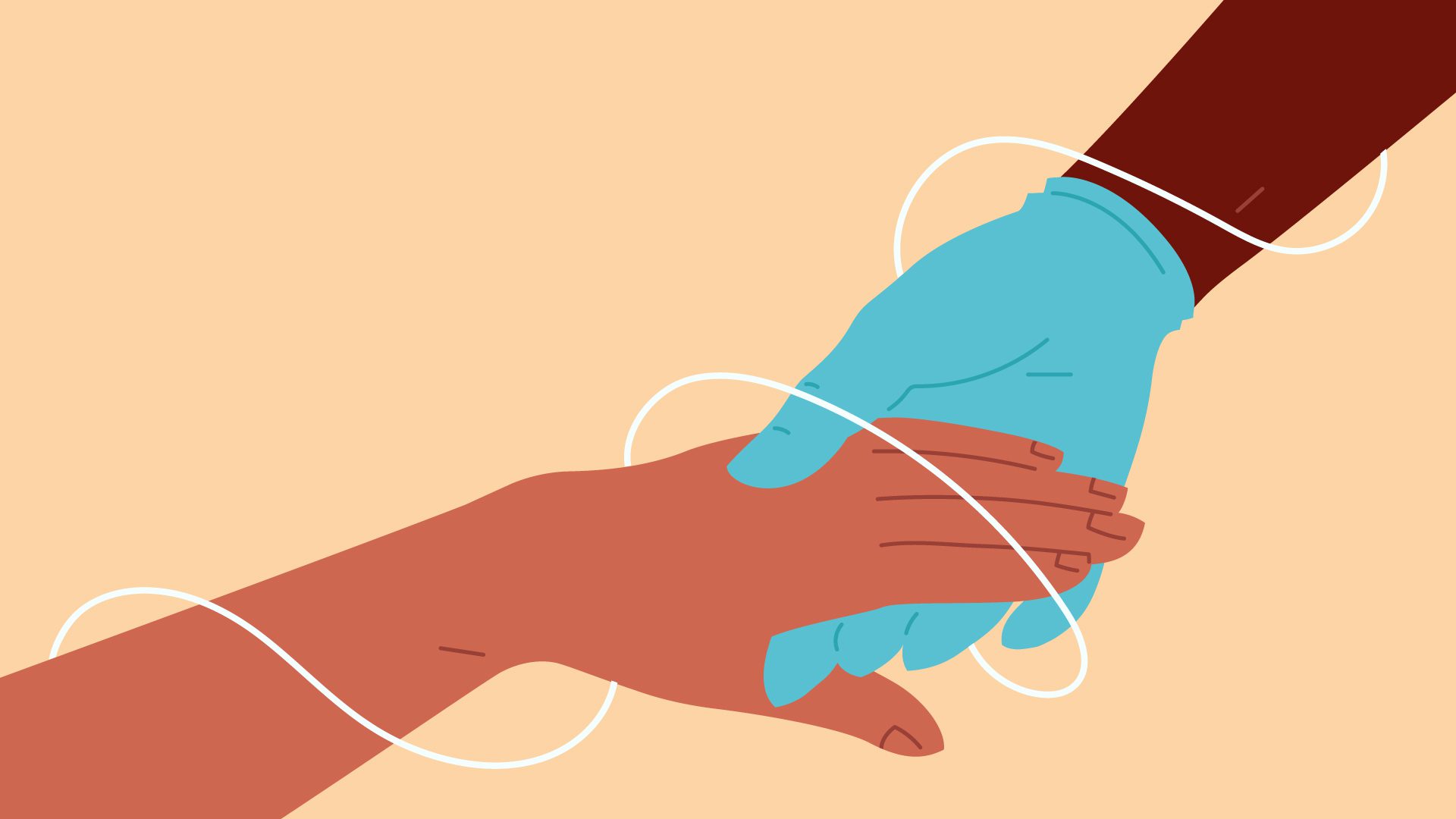- September 27, 2023
- By Sala Levin ’10
Susto has no direct translation in English. “Trauma” and “fright” are close, as is “distress,” but none neatly captures the history and belief systems underlying the condition commonly cited in Central and South America, and the Caribbean.
The American Psychiatric Association’s manual calls it “a cultural explanation of distress and misfortune in Latin America that refers to an illness attributed to a terrifying event that causes the soul to leave the body and leads to unhappiness and illness.”
That mouthful illustrates the linguistic and societal gaps Evelyn Canabal-Torres is hoping to bridge in her popular class, Spanish for Health Professions. The principal lecturer in the School of Languages, Literatures, and Cultures has taught the course for seven years, giving English-speaking students the vocabulary and cultural competency they need to treat Spanish speakers, and to understand the specific issues facing the varied populations within the Latina/o community.
“The Latina/o population is not monolithic—there are differences between first-generation Americans and recent immigrants,” said Canabal-Torres. “We developed this course not only for the vocabulary but also assessing what is special about this community, practicing cultural humility and addressing health disparities.”
Canabal-Torres brings her own experiences as a bilingual person navigating the health care system to the class. A three-time cancer patient, she’s seen how “someone who’s not fluent in English can have certain misunderstandings or be apprehensive about what is being told to them,” she said.
Further inspiration for the course came from the populations in and around College Park. Many residents in nearby Hyattsville, Langley Park, Riverdale Park and other towns are native Spanish speakers or recent immigrants who face numerous health disparities, including fear of seeking treatment on the part of undocumented patients.
A qualified medical interpreter, Canabal-Torres teaches students the vocabulary they’ll need in medical settings. They also create Spanish-language public health campaigns on issues like COVID-19 vaccinations, or participate in projects that require them to go to supermarkets in immigrant communities and see whether nutritious food is available.
Just as important, students learn about the cultural contexts of many Spanish speakers. In the family-oriented world of Latin American immigrants, multiple relatives may accompany an elder to a doctor’s appointment. People may use folk medicines to treat illnesses—and health care providers should know how prescription drugs might interact. On top of that, the brain-scrambling bureaucracy of health care and insurance in the United States can be in stark contrast to the systems immigrants are accustomed to in their native countries.
Kelly Biglin ’24, who’s majoring in public health science and minoring in Spanish, appreciates the practical nature of the class. “It could be very likely that someone I’m around (in a future workplace) is showing signs of stroke or heart attack, so knowing what questions to ask is very helpful,” she said. “I could see how I could actually use what I learned in the class in my daily life and my career.”
This is one of a series of Maryland Today features during National Hispanic Heritage Month celebrating Terp faculty, staff, students and alums.
